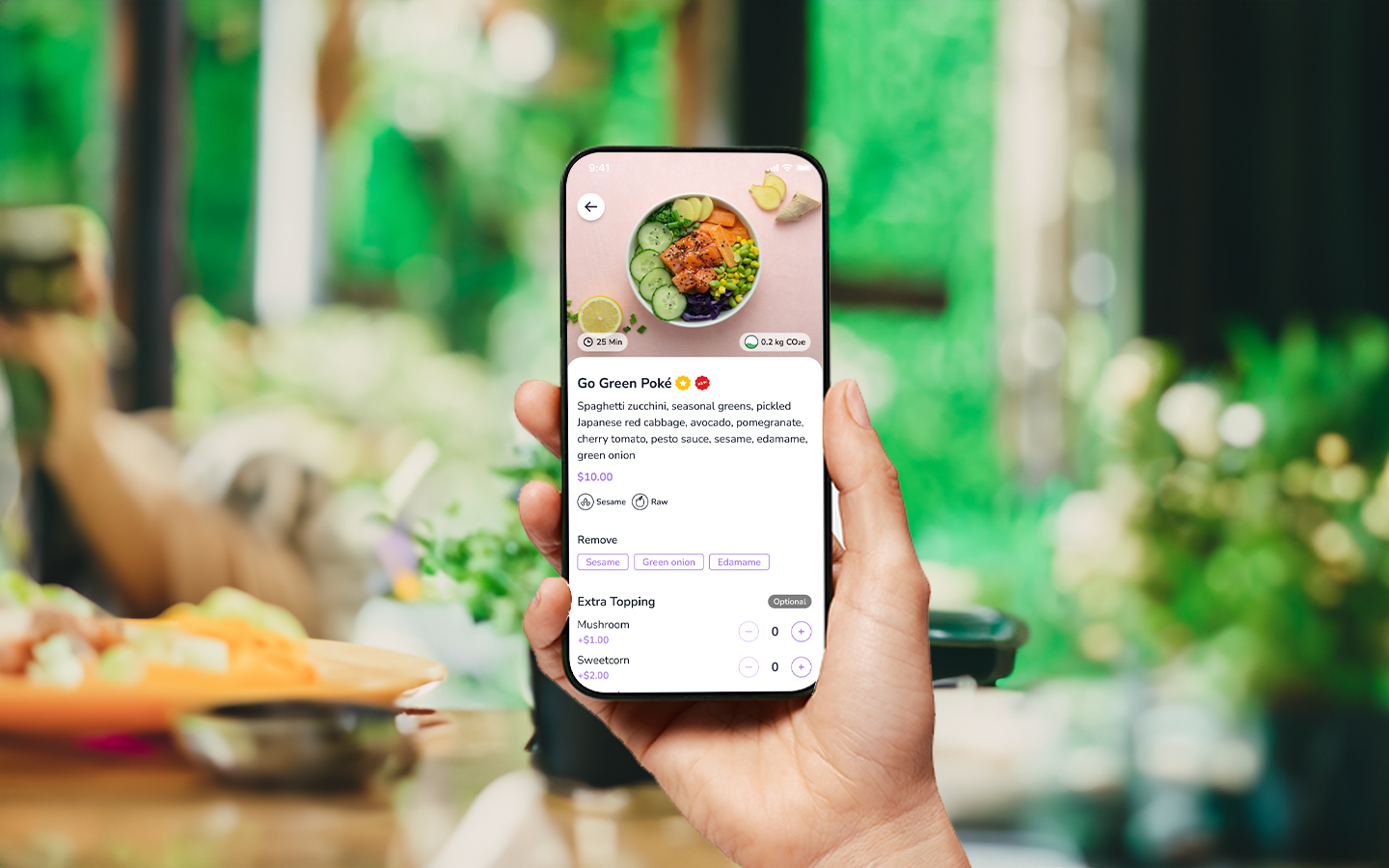Challenging ourselves and commercial restaurant kitchens with reduced food waste in restaurants has always been an important issue. Now, it's more important than ever in an age of sustainability. The food shortage experienced in recent months makes the matter stand out and more relevant.
A recent study found that restaurants lose almost half a pound of food each time a client orders, whether it be in the kitchen or on the dish itself. An average American restaurant throws out 85% of the food that isn't utilized, which means that just a small portion is composted or given away.
The cost of all that food waste is high: the USDA estimates that the restaurant industry loses $162 billion yearly as a result of food waste. Overproduction, ignorance, ineffective staff training, inappropriate food storage, and lack of access to composting facilities are just a few of the numerous causes of this waste.
Now that we are all more conscious about how our planet Earth has been providing for us, we search for solutions on how we dispose of our waste with a growing global population.
We, therefore, wanted to share some insight along with different approaches to become part of the solution.
Measure the Amount of Food Waste
A restaurant can measure the amount of food waste by recording its inventory, counting how much food is left over, and calculating the difference.
The reason why it is important to measure the amount of food waste in a restaurant is that it can be used to identify ways to reduce food waste in two areas;
Observing the leftover food on the plates will help your restaurant cut costs and lower general food waste by rearranging the portions you serve.
Measure your kitchen waste and find ways you can make use of vegetable and fruit skins. Most farmers will want to collect this type of fresh organic waste to feed their animals, so it’s important to remember that one man’s waste can be another man’s treasure.
Continuing with the techniques, you can measure the food waste at your restaurant, although there is no rule; generally speaking, there are three different methods for measuring the amount of food waste in a restaurant. These are:
- Observation: This is when someone observes the employees and their practices and records what they see.
- Waste Audits: This method involves collecting all of the waste from a certain day and weighing it.
- Food Waste Analysis: This method involves analyzing how much food goes into the trash, how much is composted, and how much is donated.
Predict Food Waste

There are some ways to know ahead of time which categories are causing the most drastic food waste.
Food waste in a restaurant can be predicted by observing factors like the menu, customer behavior, and kitchen operations. A menu that is too large or too complicated can lead to higher food waste. Customers who order more than they can eat or who change their minds about what to order are also likely to produce more food waste. Kitchen operations like over-preparation of ingredients and over-ordering of ingredients are also associated with higher food waste.
Remember that it is not only the delivery apps that have entered our lives since the pandemic. Amazing tech aid is available to easily measure and manage small to medium-sized businesses, including restaurants. It is, therefore, a smart decision to put some time into researching the available technology that will help reduce your time spent to figure out what is what.
Introducing a digital app like FineDine to your restaurant can provide you with instant reporting and inventory turnover, making it a breeze to play around with your menu, along with numerous side benefits packed with digital tracking and staff scheduling tools.
Take Advantage of Digital Tracking Tools
A restaurant is a business that needs to be run with efficiency in all of its departments. FineDine is a great example of the amazing tools that help streamline and track all orders and branches while analyzing them on the cloud. In this way, you can monitor the most ordered plates, and you can also create more rational plates by seeing the products that are not satisfying for your guests according to customer feedback on the system.
Tools for managing restaurants have been available for a long time, but they are increasingly more popular and advanced. Most restaurant management solutions are pieces of software that can smooth out your operations.
Restaurants are now discovering FineDine as a new method for developing their menus and managing their operations. Bakeries, food trucks, coffee shops, and restaurants in the US have been experimenting with FineDine's mobile ordering and fast checkout to come to the conclusion that they raise average order value by 20%, save 15 minutes per table, and earn 40% higher tips.
There are several time & money-saving features available now that were not feasible with earlier restaurant management systems. QR menus and digital menus are here to stay, and restaurant owners need to adjust to guest expectations as usual. Food waste management is one of these concerns that consumers are sensitive about; it is, therefore, the duty of every owner to come up with a working solution while providing public transparency.
Putting systems into place and digitalizing manual work is not only an efficient way to run a business but also an accountable choice.


